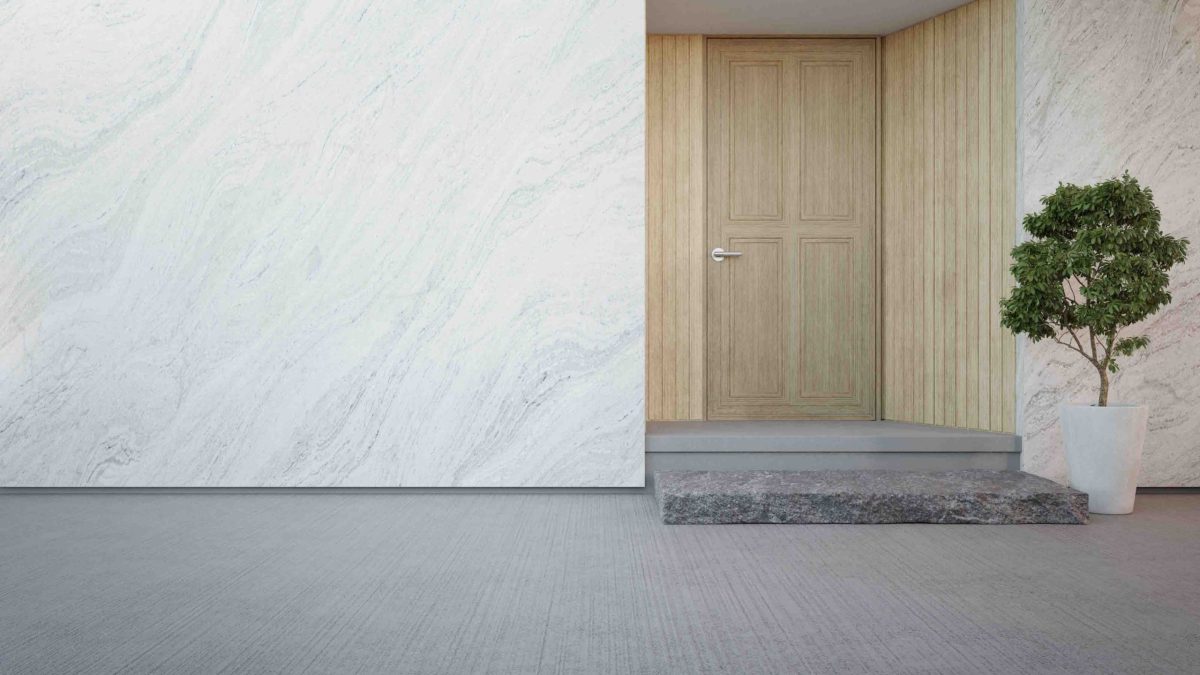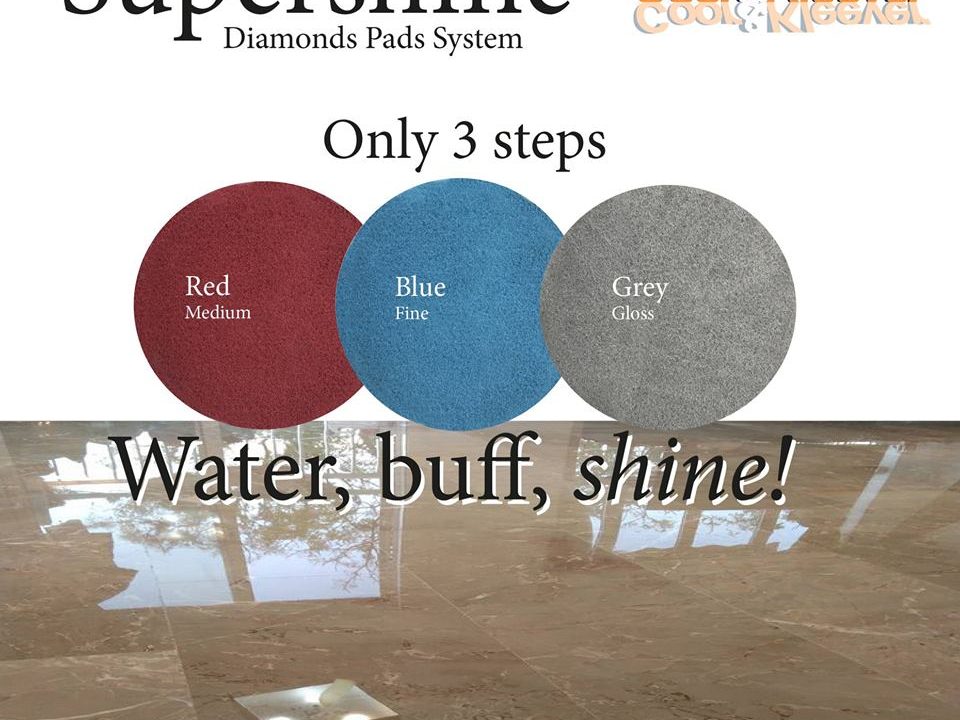How to Clean and Polish Ceramic Surfaces: A Complete Guide
Ceramic surfaces, whether in the form of floor tiles, wall cladding, countertops, or decorative features, are a popular choice for many homes and commercial spaces. Their durability, wide range of styles, and ease of maintenance make them an ideal material. However, like any surface, ceramic can lose its shine over time if not properly maintained. In this guide, we’ll take you through everything you need to know about cleaning and polishing ceramic surfaces to keep them looking their best.
Why Proper Ceramic Care Matters
Ceramic is a hard, non-porous material, typically coated with a glazed surface. While it resists stains and moisture better than many other materials, it still requires regular cleaning and the occasional polish to preserve its appearance. Dirt, soap scum, limescale, and daily wear can dull ceramic surfaces and lead to stubborn build-ups over time.
Proper cleaning not only improves aesthetics but also ensures the longevity of your ceramic finishes.
Daily Cleaning Routine for Ceramic
Daily or regular cleaning is essential to prevent dirt and residue from building up. Here’s how to clean ceramic effectively:
What You’ll Need:
- Soft-bristle brush or microfibre cloth
- pH-neutral tile cleaner or mild dish soap
- Warm water
- Spray bottle (optional)
- Mop (for floors)
- Dry towel or soft cloth
Step-by-Step Instructions:
- Remove Dust and Debris
Start by sweeping, vacuuming, or dusting the ceramic surface. For floors, use a soft broom or vacuum with a suitable floor setting. - Apply Cleaning Solution
Mix warm water with a few drops of pH-neutral cleaner or dish soap. Avoid harsh chemicals like bleach or acid-based cleaners, which can damage grout and dull the glaze. - Wipe or Mop the Surface
Use a damp cloth or mop to wipe the surface. For tougher spots, spray the solution directly onto the area and let it sit for a minute or two. - Rinse Thoroughly
Go over the surface with clean water to remove any soap residue. This step is vital as leftover detergent can attract dirt and leave streaks. - Dry
Buff the surface dry with a soft cloth to prevent water spots and help restore a subtle shine.
Deep Cleaning Ceramic Surfaces
Even with regular upkeep, ceramic surfaces occasionally require a more thorough cleaning. This is especially true in bathrooms, kitchens, or outdoor areas where grime, mould, and limescale are more common.
For Bathroom Tiles:
- Use a mixture of vinegar and water (1:1 ratio) to cut through soap scum and hard water stains. Spray on, leave for 5–10 minutes, scrub gently with a soft brush, then rinse.
- Avoid using vinegar on unglazed tiles or stone accents, as it can etch the surface.
For Grout Lines:
- Mix bicarbonate of soda with water to form a paste.
- Apply the paste to grout lines and scrub gently with an old toothbrush.
- Rinse thoroughly to remove any residue.
Note: If grout remains stained or discoloured, consider using a grout-specific cleaner or resealing the grout entirely.
How to Polish Ceramic Surfaces
While ceramic is not polished in the same way as natural stone, there are ways to polish and revive its glazed surface for added shine.
For Glazed Ceramic:
Glazed ceramic tiles already have a factory-applied shine, but this can become dull due to dirt or wear.
What You’ll Need:
- Ceramic-safe polish or floor polish suitable for glazed surfaces
- Microfibre cloth or floor buffer with a polishing pad
- Warm water and soft mop
Instructions:
- Clean the Surface First
Ensure the surface is completely clean and free of dust or residue. Polish should never be applied over dirty or greasy tiles. - Apply Ceramic Polish
Use a microfibre cloth to apply a small amount of polish to the surface. Spread evenly in a thin layer. If you’re polishing floors, a buffing machine with a soft pad can make the job quicker. - Buff the Surface
Once the polish has set slightly (check the product instructions), buff the surface to bring out the shine. This can be done by hand with a clean cloth or with a machine. - Repeat if Necessary
For high-traffic areas, a second coat may be applied for a deeper shine and added protection.
Avoid These Common Mistakes
When cleaning and polishing ceramic, avoid these pitfalls:
- Using Abrasive Tools: Steel wool, rough sponges, or abrasive brushes can scratch the surface of ceramic.
- Harsh Chemicals: Acidic or bleach-based products can damage glaze and grout.
- Skipping Rinsing: Leaving soap or cleaner residue on the surface leads to dullness and dirt build-up.
- Over-Polishing: Excessive or inappropriate use of polish can create a slippery surface, especially on floors.
Bonus Tips for Long-Term Maintenance
- Use Doormats: Especially on ceramic flooring, mats reduce the amount of dirt and grit brought in.
- Seal the Grout: Sealed grout resists moisture and stains better, making regular cleaning easier.
- Wipe Spills Promptly: Especially in kitchens and bathrooms, to prevent staining and discolouration.
- Polish Periodically: While not needed often, a light polish every few months can help maintain a glossy finish.
Final Thoughts
Ceramic is one of the most practical and stylish surface materials available, but it still needs a little TLC to look its best. With a regular cleaning routine, occasional deep cleans, and the right polishing techniques, your ceramic surfaces will maintain their beauty for years to come.
By following this guide, you’ll be well-equipped to keep your ceramic tiles gleaming, whether in the kitchen, bathroom, or hallway. A little effort goes a long way in preserving the timeless appeal and shine that ceramic offers.
For a mroe general guide on how to polishing a variety of surfaces you may find the following articles helpful: Stone Cleaning and Polishing, Cleaning different Stone Types, Restoring the Beauty of Surfaces.




